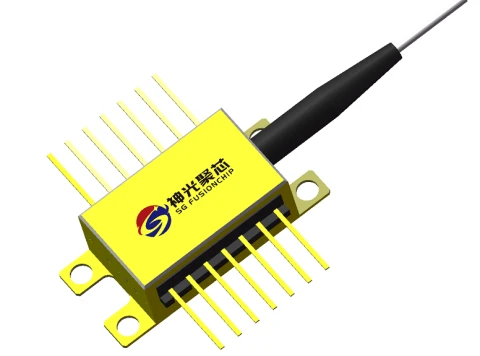Description
SG FusionChip Technology Co., Ltd presents the Narrow Line width DFB Butterfly Device, model SGNLD-xxxx-xx-xx-xx-14-xx-x. This high-quality Multi-Quantum Well (MQW) Distributed Feedback (DFB) laser diode is designed to meet the demanding requirements of high-power optical transmitter systems. Encased in a robust butterfly package, this device ensures reliable performance across diverse environments.
The integrated thermo-electric cooler (TEC) is a standout feature, enabling the laser diode to maintain optimal functionality in varying temperature conditions. This capability ensures the device operates efficiently between -20°C and +70°C, making it suitable for a wide range of applications. The single-mode or polarization-maintaining (PM) fiber pigtail enhances the device's versatility, allowing for precise optical signal transmission.
The sophisticated design of the SGNLD series incorporates a built-in thermistor and TEC, contributing to its exceptional stability and performance. This careful engineering ensures that the laser diode maintains a consistent output power and wavelength, crucial for high-precision optical applications. Furthermore, the device's narrow line width and high side-mode suppression ratio (SMSR) guarantee superior signal clarity and reduced interference, making it an ideal choice for advanced optical systems.
1310 - 1742nm Narrow Linewidth DFB Butterfly Laser
Specifications
| Center Wavelength: | 1550 um |
|---|---|
| Output Power: | 100 mW |
| Threshold Current: | 55 mA |
| Operating Current: | 700 mA |
| Center Wavelength: | λc nm |
| Side-mode Suppression Ratio: | 40 dB |
| Laser Line Width: | 10 MHz |
Features
- Multi-Quantum Well (MQW) Distributed Feedback (DFB) lasers
- Butterfly package
- Built-in thermistor, and TEC
- Operating Temperature –20~ +70℃
- Single-mode/PM fiber pigtail.
Applications
- High Power Optical Transmitter Systems: The SGNLD-xxxx-xx-xx-xx-14-xx-x is designed to meet the demands of high power optical transmitter systems, ensuring efficient performance.
- Temperature-Controlled Environments: With a built-in thermo-electric cooler (TEC), this device is suitable for various environmental conditions, maintaining consistent performance across a wide temperature range of -20°C to +70°C.
- Telecommunications: The narrow line width DFB butterfly device is ideal for telecommunications applications, offering reliable and stable laser performance.
- Precision Sensing and Measurement: The single-mode/PM fiber pigtail and high side-mode suppression ratio make it suitable for precision sensing and measurement tasks where signal clarity is critical.
- Research and Development: Its robust design and high optical isolation (optional) provide a dependable option for R&D projects requiring precise laser sources.
Frequently Asked Questions
What is the SGNLD-xxxx-xx-xx-xx-14-xx-x device?
What are the key features of the SGNLD device?
What is the operating temperature range for the device?
What is the maximum forward current for the SGNLD device?
What is the function of the built-in thermo-electric cooler (TEC)?
What is the typical side-mode suppression ratio (SMSR) for the device?
What is the wavelength temperature coefficient for the SGNLD device?
Similar Products


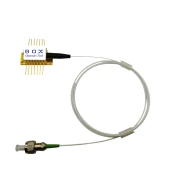
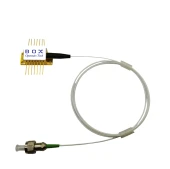
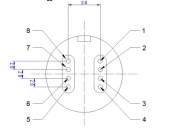
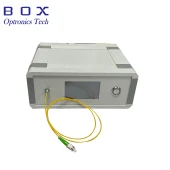
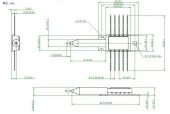
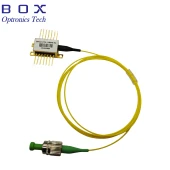
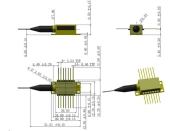
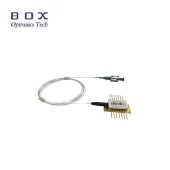
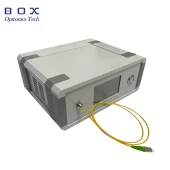
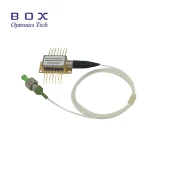
Your inquiry has been received.
Create an account by adding a password
Why create an account?
- Auto-complete inquiry forms
- View and manage all your past messages
- Save products to your favorites
- Close your account anytime — no hassle
